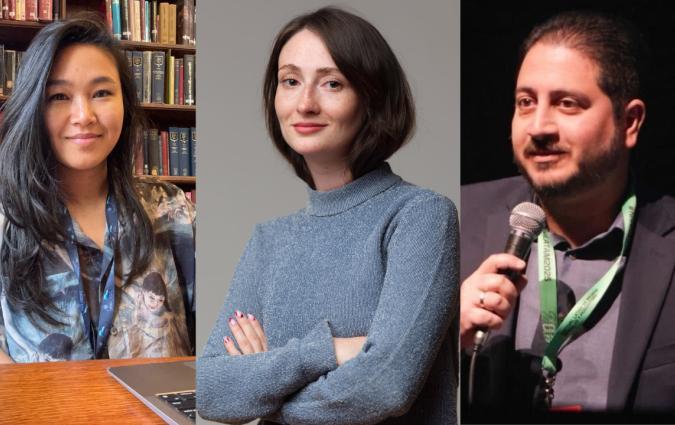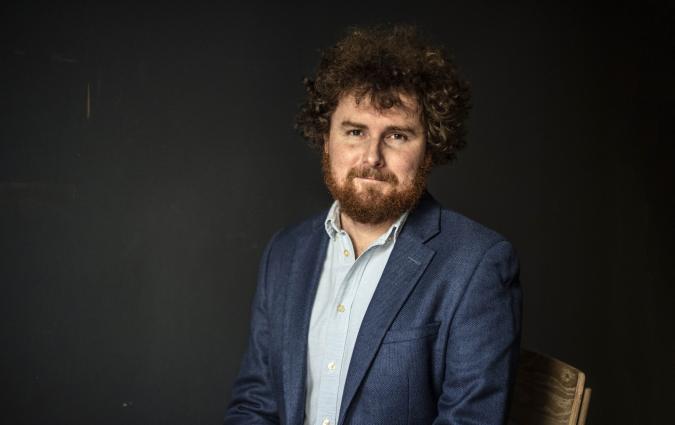These two local newspapers shunned the Internet and focused entirely on print. Here's why
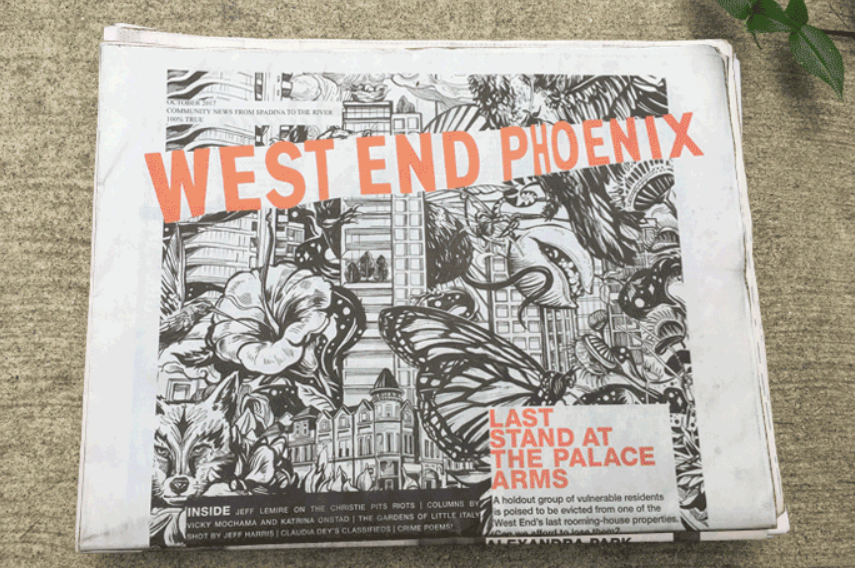
Submitted by West End Phoenix
“Why should print die? Will it die? Is it the worst-case scenario, where advertisers will never return to the printed papers, and the downturn will drive them into the web?” These are some of the questions one of our Journalist Fellows asked in his project on the challenges and opportunities facing print back in 2009.
Fifteen years later, print is on life-support in many countries. Our research has shown time and again that news consumption on print has plummeted in the last decade. Both print circulation and advertising revenue are shrinking for most publications. Many publishers have moved to digital-only offerings or are printing fewer days a week.
The debate around print is not so much of a debate anymore. However, with many niche publications and magazines going back into print this year, including The Onion and SPIN magazine, I wondered about the newspapers that never left print behind and refused to join the internet altogether, particularly local titles that have to compete with big conglomerates while serving their communities. I wanted to see how they are doing in this inescapable digital era. So I spoke to the editors behind two titles in North America that have shunned the pivot to digital: Dave Bidini from Canada’s West End Phoenix, a monthly publication in a Toronto neighbourhood, and Dan Jacobson from U.S.’ TriCity News, a weekly newspaper published in New Jersey.
Papers for the community
“Slow print for fast times” is the slogan of the West End Phoenix, a monthly local newspaper for Toronto’s West End neighbourhood. Its founder and editor, Dave Bidini, launched the paper eight years ago. “I discovered that all of the community newspapers in the West End had disappeared, so I felt it was important to try to save the print media in our neighbourhoods,” he says.
From the get-go, Bidini rebuffed the pressure to go digital for two reasons. Firstly, he found the pay rates for contributors in online publications were very low. Secondly, he truly believed in the significance of print as a medium: from the way a paper is read (horizontally rather than vertically) to its lingering presence on its readers’ day.
“The way we process prose and storytelling in an analog way is just very different,” he says. “Our newspaper has a sound, it has a smell. On print, those stories stay in our readers’ homes for weeks after we deliver the paper. Online, you click and it’s gone, but a newspaper lingers. When somebody gets the newspaper delivered, their neighbours that come over read it, their kids read it, their extended family reads it for weeks on end, because it's just a presence in the house.”
This sentiment is shared by Dan Jacobson, publisher and founder of TriCity News, a weekly newspaper published in New Jersey. The paper describes itself as “an alternative newspaper focusing on the arts, culture and politics in eastern Monmouth County.”
According to Jacobson, the paper serves the creative spirit of the community, filling a niche that is underserved by other outlets. The first edition of the paper was published in 1999 and they have stood the test of time and technology.
“For about a year and a half before I did this, I subscribed to about maybe 50 alternative newspapers from around the country, all with different sizes and from different places, and I just ripped through them,” says Jacobson. “Most of them are gone now. They tried to go online and didn't survive.”
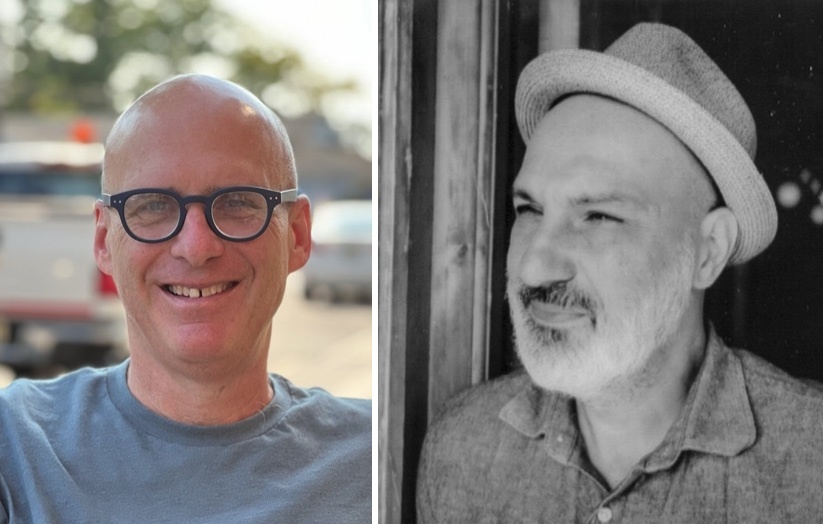
TriCity News is distributed for free while the West End Phoenix is just for subscribers, with a year-long subscription costing CAD $85. When I asked both of their founders who their audience is, they both gave a similar response: they don’t track those metrics.
Why? It doesn’t matter to them who is reading their paper, they argue. What matters is the fact that people are reading it. Jacobson says he's seen people from all age cohorts pick up and read the paper while Bidini mentioned they often try to get the paper into more marginalised neighbourhoods to reach different people. Why don’t they track these audiences? “If people are reading it, that's all that counts,” says Bidini.
All about visuals
Jacobson attributes the TriCity News’ survival to the fact that they never went online, which made them stand out in their community, as advertisers in Monmouth County (population 642,000) were still looking to advertise on print.
Jacobson shows me the ads that go in his paper: big, bold, colourful one-page spreaders of local businesses. Then he shows me his phone screen, which in comparison looks small and unassuming.
“Your phone is so small that this is our competitive edge,” he says. “In the last 10 years, I've always thought that if I can get someone's attention, just get them to pick this thing up by being bold, then they can’t look away.”
The TriCity News' business model is simple: they stay afloat solely through print advertising. The paper employs two full-time employees and four part-time writers and columnists. They print 6,000 copies and distribute them for free around the community – in restaurants, bars, theatres, cafes, supermarkets, train stations, and a variety of other businesses.
Jacobson, who declined to disclose their revenue, says they’ve been able to keep their advertising rates steady. Their numbers have been pretty stable with their most successful year so far being 2017.
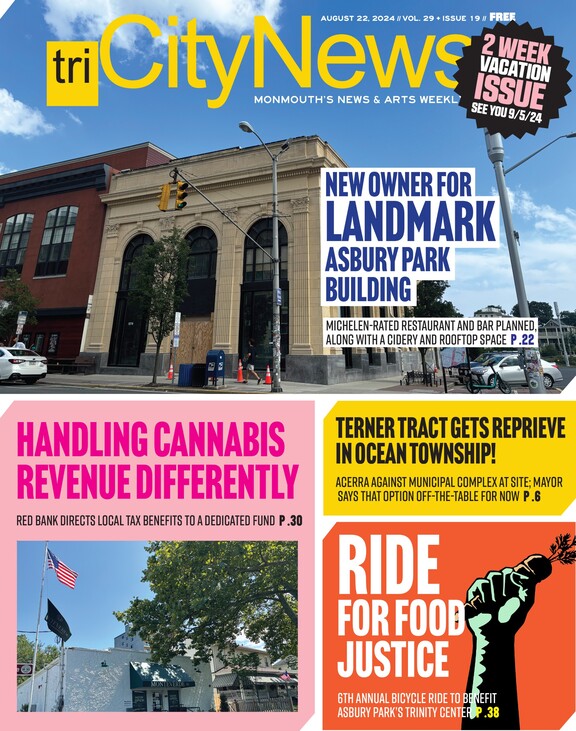
“I did not see any way to create an online revenue stream,” he says. “It was obvious to me that there would be no barrier to entry if we went online. Anyone could sell ads there and the price would have been very cheap. I never bought into this idea of going online and resisted it. As a result, the paper worked, and it's still going along. I just didn’t see any reason for people not to pick up the paper and not to see the ads which are paying the bills.”
The West End Phoenix also takes full advantage of the visual medium. Its pages are riddled with colourful illustrations, drawings, and photographs. “We have 15 inch [38 cm] pages, so photographs and illustrations just look beautiful on the page,” says Bidini. “They are a bit more honoured by being printed beyond postage stamp size.”
Funding a printed paper in 2024
Both Jacobson and Bidini acknowledge the difficulties mainstream media publications have when it comes to sustaining a print operation. While Jacobson’s TriCity News sustains itself through advertisement, switching printers and closing their office space after the pandemic has helped them reduce costs and maintain their advertising rates.
The West End Phoenix employs a non-traditional funding model. Their revenue comes from three equal parts: subscriptions, donations from patrons, and advertising. They currently have nine employees and distribute around 5,000 copies. But Bidini acknowledges that his operation wouldn’t be possible without the generosity of the community.
“There was this local person who heard we were starting the paper. His dad ran a print shop in the West End years ago and he wanted to honour his father’s memory by supporting our printing costs,” says Bidini. “So it’s been amazing to have somebody pay for our printing.”
While Jacobson had a free distribution model in newsstands across his community, Bidini delivers his paper right at people’s homes, which is also possible through the collective efforts of others who believe in the success and importance of the paper.
“We have like 100 delivery volunteers that come every five to six weeks to get the paper and deliver it to their neighbours,” Bidini explains. “People want to be involved and they really do want to contribute to the health of their community. People want to tell stories about each other and so I think that's really been part of our success.”
Succeeding where others have failed
What explains the enduring success of a printed product that has refused to move online? Both papers chose not to compete with big publications and understood that what they were offering readers was a unique product: journalism that they can’t find anywhere else.
“I am wondering if [print] is going to go like vinyl,” says Jacobson. “The challenge, though, is that it’s got to be unique content. Once you get out of the local realm, once you are in a national or even state realm, how is it unique? It can’t be unique.”
Bidini even goes so far as saying that he believes his paper has an advantage over big publications because they are able to connect with readers more closely. They are able to evolve more fluidly, and are not restrained by the constraints of corporate media.
“One of the things that some of the legacy mainstream newspapers in Toronto and in Canada have lost is just an engagement with their readers. And because we are smaller, we are able to dance and pivot and be a bit more fluid than the bigger outlets,” he says. “As a publisher, I can reach out and directly engage with my readers and stay close to them.”
Jacobson describes how the quality and scope of local coverage in his county has declined over the last 20 years with legacy newspapers of the area getting smaller and smaller. However, he says their unique content offering has helped them prevail. “No one else is covering the region like we are,” he says. “The key is to offer content that readers can't get anywhere else.”
Aside from the journalism they provide, however, part of the appeal of their product is the analog aspect of the printed newspaper. Bidini describes how readers are attracted to slowing down and spending time with print rather than the constant bombardment of news they find online.
“Our world accelerates at such a frenetic pace and we are able to absorb information so quickly, but the nature of just really spending time with the work that a writer or an artist has produced can be valuable to the reader beyond what we absorb online every day,” says Bidini. “It’s just getting people to unplug, sit back and take that time out of their day to read their news differently and spend their time holding something."
In every email we send you'll find original reporting, evidence-based insights, online seminars and readings curated from 100s of sources - all in 5 minutes.
- Twice a week
- More than 20,000 people receive it
- Unsubscribe any time
signup block
In every email we send you'll find original reporting, evidence-based insights, online seminars and readings curated from 100s of sources - all in 5 minutes.
- Twice a week
- More than 20,000 people receive it
- Unsubscribe any time


